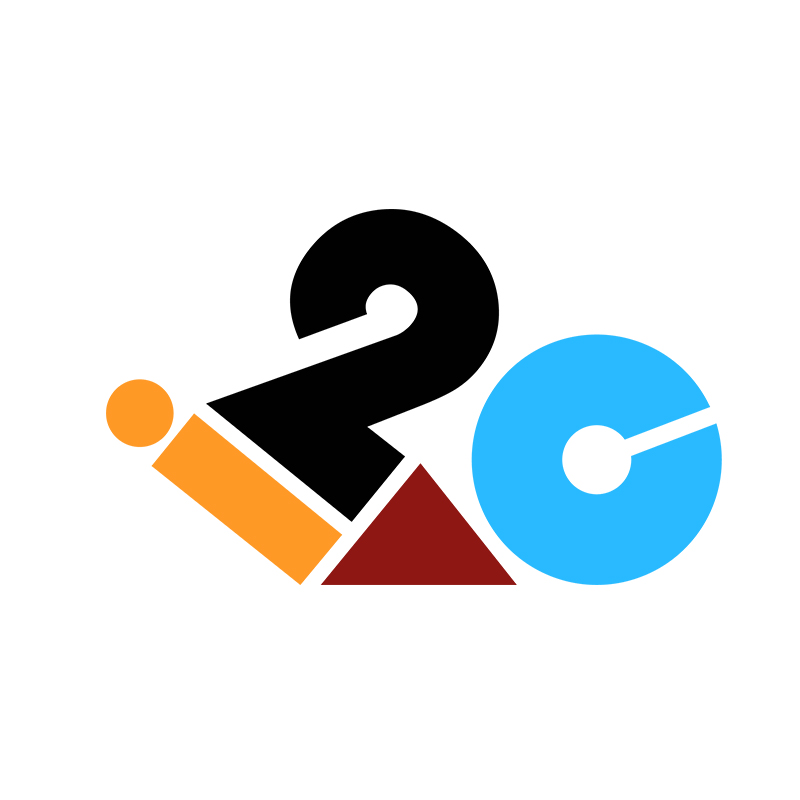I don‘t know one person who hasn‘t had the desire (public or secret) to invent, create, or build something unique at some point in their lives. On Maslow’s Hierarchy of Needs, I think this would fit into the self-actualization layer. It lies within us all – for some, it stays dormant, but for others it’s a driving force that won‘t quit.
From historic inventors like Ben Franklin and Johannes Gutenberg to modern visionaries like Steve Jobs and Elon Musk, the world needs these people to push the boundaries of what’s possible to deliver new experiences and enhance the way we do life.
The good news is, with so much cutting-edge technology at our fingertips these days, you no longer have to be a scientist or a genius, nor do you have to invent something as epic as electricity, to be considered a visionary. Today’s innovators are modern problem solvers that leverage and augment existing technologies and repackage them into clever use cases.
The world has amassed an impressive base of digital and mobile technologies, and the potential use cases for these are boundless. For example, the Apple App Store has 2.2 million apps available for download. These apps essentially represent use cases for existing technology that are tweaked and tailored to a specific industry, such as gaming, fitness, shopping, beauty, etc.
Now, hold that thought while I mention the obvious: financial service providers have been notoriously slow to implement new technology. For many financial institutions, processes such as account opening are still the same as they were 30 years ago, and everyone knows that consumer expectations are lightyears ahead of that.
And what’s more, innovation in banking and payments is one of the hottest and fastest-growing segments today, with the pandemic only serving to accelerate the pace. So, this begs the question: why does this technology gap exist for the banking industry?
The answer is simple: because it’s just too hard for legacy core providers to offer new technology. The intricate, closed system that was built half a century ago is nearly impossible to retrofit with new technologies and modern use cases that meet the standards of today’s consumer.
It’s like to trying to make PayPal work on a DOS-based system: even if it’s possible, it would be extremely costly and time consuming, and honestly, why in the world would anyone even try? The result would be rife with integration and performance issues, and sub-par user experiences.
Some legacy providers have developed stop-gap solutions to fill holes, but because they are “after-market add-ons” if you will, these solutions are disjointed, typically requiring separate interfaces and platforms to use or manage.
Thomas Edison once said, “The value of an idea lies in the using of it.” What good is this creative base of banking and payments technology if innovators are told that they can‘t use it? Consumers are demanding P2P, crypto, creative credit programs, mobile account opening, and more.
It’s time for financial institutions to shake off the superficial constraints of legacy providers and stop accepting inflexible, cookie-cutter solutions, and incongruent platforms. Visionaries today should be able to implement any combination of whatever their mind can think up delivered on the platform that is built to grow with and outlast the fast pace of innovation in banking and payments.


